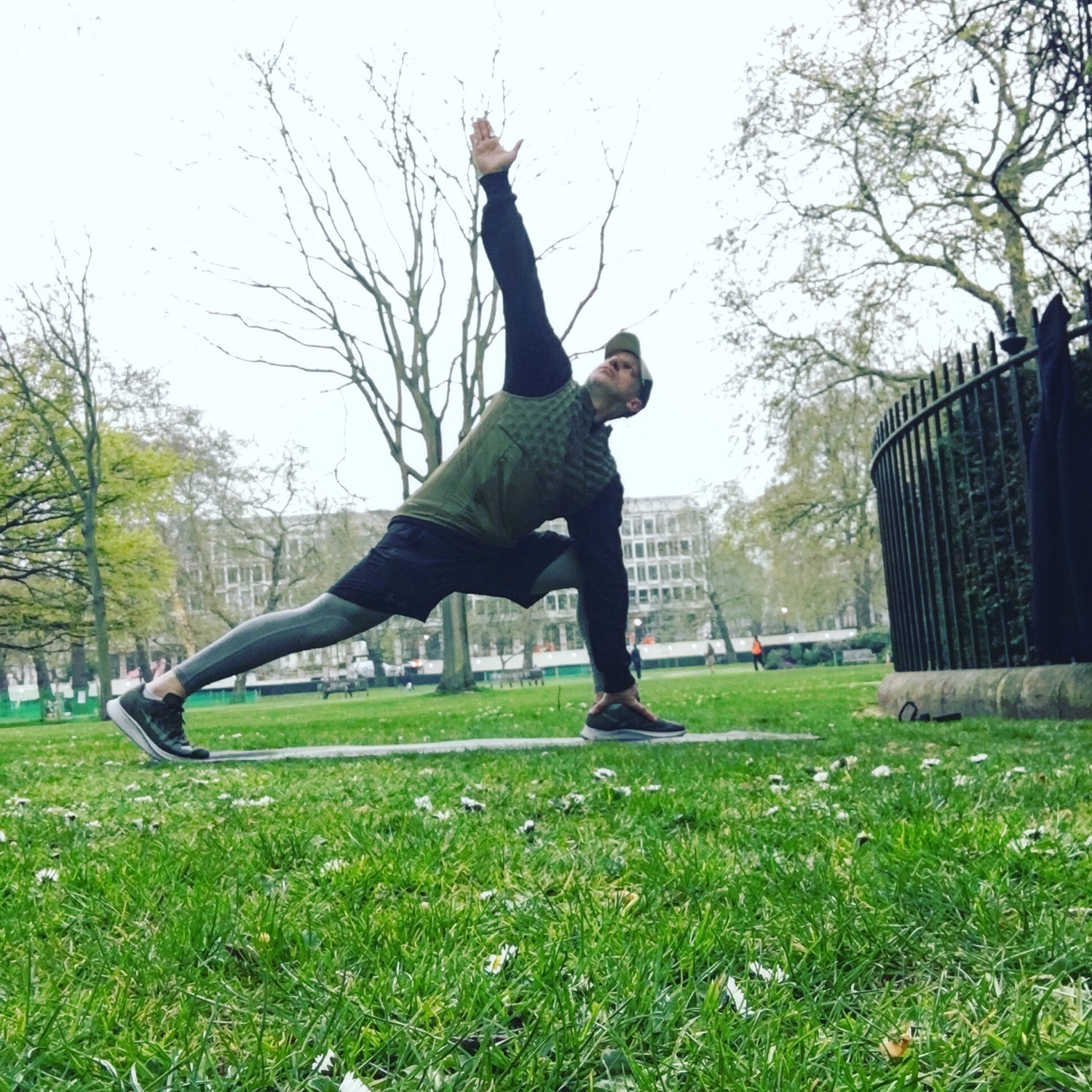How to Create a Balanced Diet That Works for You
- dan chapman
- Jun 1
- 4 min read
Updated: Jun 8
Creating a balanced diet is essential for maintaining good health, energy levels, and overall well-being. With so much information available about what to eat and what to avoid, it can be confusing to know where to start. This blog post will guide you through the essential steps to create a balanced diet that meets your individual needs.
Understanding a Balanced Diet
A balanced diet includes a variety of foods in the right proportions. This ensures that you get the necessary nutrients your body needs to function optimally. A good balance includes fruits, vegetables, whole grains, lean proteins, and healthy fats.

The Food Groups
Fruits and Vegetables: Aim for at least five servings of fruits and vegetables each day. They are packed with vitamins, minerals, and antioxidants. Try to include a variety of colors to ensure you are getting a range of nutrients.
Whole Grains: Choose whole grains over refined grains. Whole grains are high in fiber and can help you feel full longer. Examples include brown rice, quinoa, oatmeal, and whole-grain bread.
Lean Proteins: Include sources of lean protein such as chicken, turkey, tofu, beans, and fish. Protein is essential for building and repairing tissues throughout the body.
Healthy Fats: Incorporate healthy fats from sources such as avocados, nuts, seeds, and olive oil. These fats are beneficial for heart health and overall well-being.
Planning Your Meals
Meal planning is a key step in maintaining a balanced diet. By taking the time to plan your meals ahead of time, you can ensure that you are incorporating a variety of food groups into your daily intake.
Start with a Template: Consider creating a weekly meal template where you outline breakfast, lunch, dinner, and snacks for each day. This makes it easier to visualize and incorporate all food groups.
Incorporate Leftovers: Plan to make extra servings of dinner to use as lunch the following day. This saves time and helps reduce food waste.
Mix It Up: Variety is key in a balanced diet. Try new recipes or swap out ingredients to keep your meals exciting and nutritious.
Listening to Your Body
Creating a balanced diet is not only about what you eat but also about how you respond to your body’s signals.
Hunger and Fullness
Learning to recognize your hunger and fullness cues can help you eat more mindfully.
Eat When Hungry: Pay attention to your body and eat when you feel hungry. This is often a sign that your body needs fuel.
Stop When Full: When you feel satisfied, it’s important to stop eating. It’s okay to leave food on your plate if you are no longer hungry.
Mindful Eating: Try to eat without distractions, such as watching TV or scrolling through your phone. This can help you tune in to your body’s signals better.

Supplements and Nutrient Gaps
While a balanced diet should provide most of the nutrients your body needs, some people may experience gaps. Understanding when to consider supplements is crucial.
When to Supplement
Special Dietary Needs: If you have specific dietary restrictions, such as vegetarianism or allergies, you may need to consider supplements to fill in gaps. Consult a healthcare professional for personalized advice.
Age and Health Conditions: Older adults or individuals with certain health conditions might require additional nutrients. For example, vitamin D and calcium are essential for maintaining bone health in older adults.
Before starting any supplements, it is advisable to discuss your options with a healthcare provider.
Personalizing Your Diet
Every individual has unique dietary needs based on their health goals, lifestyle, and preferences. Personalizing your diet can help you achieve better results and maintain a balanced approach.
Consider Your Lifestyle
Activity Level: Your energy needs will differ based on how active you are. Those who exercise regularly might require more carbohydrates for energy, while sedentary individuals may need fewer calories.
Lifestyle Constraints: If you often eat out or have a busy schedule, plan meals that are easy to prepare or portable.
An effective option for personalizing your dietary approach is to consider customized nutrition plans that are tailored to your specific needs. You can explore options for these plans to find something that truly fits your lifestyle.

Staying Consistent
Consistency is vital when it comes to maintaining a balanced diet. Here are some practical tips for staying on track:
Track Your Progress: Keep a food diary or use apps to track what you eat. This can help you identify patterns and areas for improvement.
Set Realistic Goals: Start small by incorporating one new healthy habit at a time. For example, focus on adding more fruits and vegetables to your meals before tackling other changes.
Be Gentle with Yourself: Understanding that perfection is not the goal is important. If you have a day where you don’t eat as balanced as you would like, that’s okay. Just focus on getting back on track the next day.
Building Healthy Habits
Establishing healthy eating habits pays off in the long run. Here are some tips for building these habits effectively:
Cook at Home: Preparing meals at home allows you to control what ingredients you use and make healthier choices.
Stay Hydrated: Drink enough water throughout the day. Sometimes hunger can actually be a sign of dehydration.
Plan for Treats: Allow yourself the occasional treat to avoid feeling deprived. This can help you maintain balance without overindulging.
Creating a balanced diet that works for you is about understanding your individual needs, preferences, and goals. By incorporating the principles outlined in this post, you can develop a plan that supports your overall health and well-being. Remember, it’s not a one-size-fits-all approach. Take the time to explore what works best for you, and enjoy the journey towards a healthier lifestyle!

Get in touch to work with me in person or online
Arrange your free consultation and tailored training session







Comments